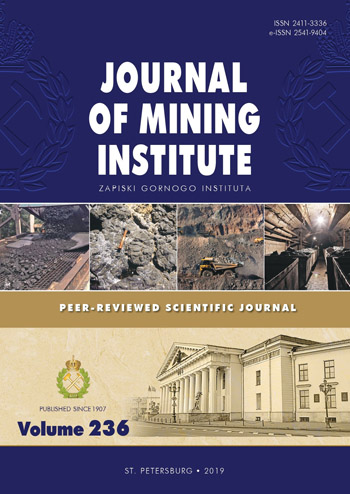Effect of chalk thermal treatment mode on its strength
- 1 — Ph.D., Dr.Sci. Head of the department Saint-Petersburg State University of Industrial Technologies and Design
- 2 — engineer LLC AMC «Explorer»
Abstract
Natural chalk is characterized by a fine-grained structure. The processing of chalk in conditions traditional for calcium carbonate baking is accompanied by its almost destruction and the formation of a huge amount of dust. The paper presents strength characteristics of chalk and chalky stone baking obtained with different temperature-time conditions of heating the raw material to a temperature of 450-600 °C. The uniaxial compression method was used to determine the strength depending on variable factors. Based on the experimental data, a model was constructed that determines the dependence of chalk strength on time and heating temperature. In the temperature range of 450-600 °C, the strength of chalk stone increases with increasing temperature and decreases with the increasing heating rate. In the process of isothermal heating, several factors will immediately affect the strength of a chalky stone: the formation and growth of calcite crystals, the evaporation of water, and the agglomeration of calcite grains. With an increase in the heating temperature from 450 to 600 °C, the average size of the crystals significantly increases and crystals with an estimated size of more than 4 microns are detected. An increase in the size of crystals is associated with an increase in their growth rate. The agglomeration of grains occurs at a temperature of 600 °C.
